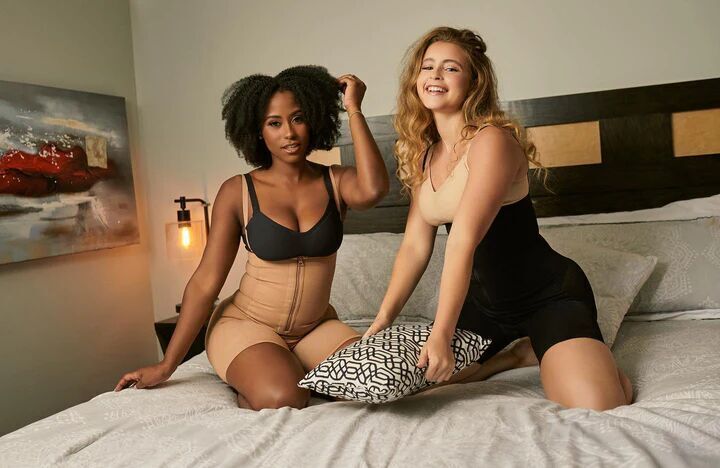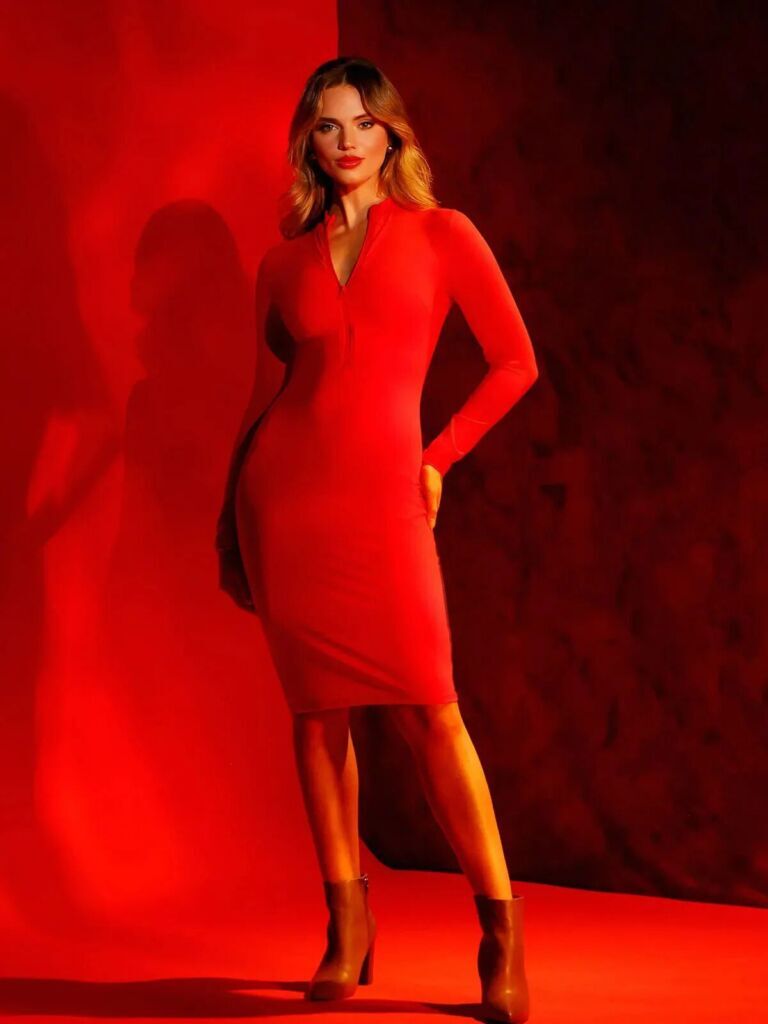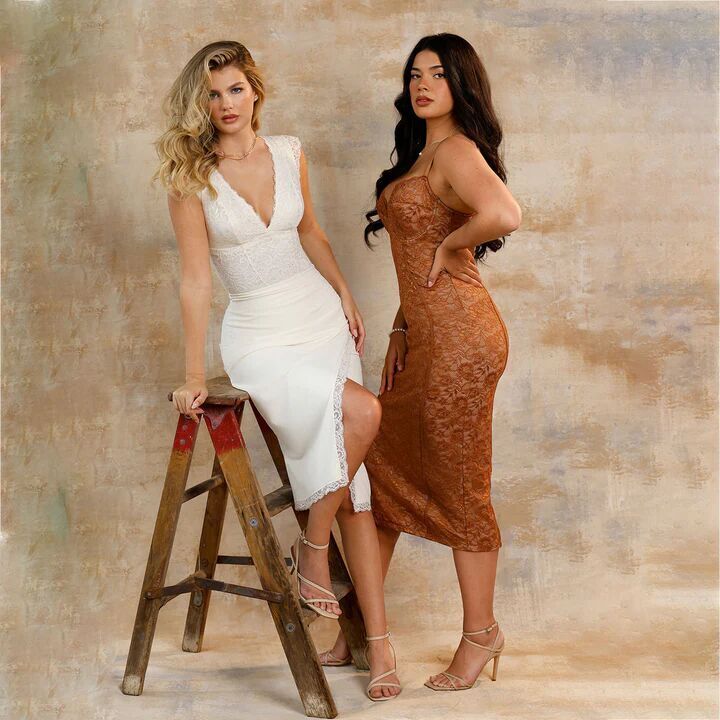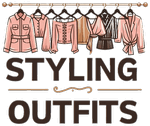A well-fitted shapewear dress can make your clothes look better, but wearing the wrong size can be uncomfortable and even harmful. Many people buy these garments without checking if they fit properly, which often leads to pain and health problems. Good shapewear should feel comfortable and supportive. In this article, you’ll learn how to choose and wear shapewear dresses that work best for you, plus important tips to stay comfortable and healthy while wearing them.

Common Types of Shapewear and Their Health Risks
Different types of shapewear are designed to shape different parts of your body. Before buying, it’s important to know what each type does and what problems they might cause.
Full-Body Slips
Full-body slips shape your body from chest to thigh. They work well under dresses and gowns but can cause problems if they’re too tight. You might find it hard to breathe, especially when sitting for a long time. The fabric can make you sweat more, leading to skin rashes. Tight slips can also reduce blood flow to your legs, causing numbness.
Waist Cinchers
Waist cinchers shape your waist and support your back. If they’re too tight, they can cause stomach problems and make it hard to breathe. The hard parts inside the cincher might press into your skin and leave marks. Many people also feel uncomfortable after eating while wearing a cincher.
Thigh Slimmers
Shapewear bodysuits cover your torso from shoulders to hips or thighs. They’re good for creating a smooth silhouette under fitted clothes, but can be tricky to get on and off. If too tight, they might restrict shoulder movement and make bathroom breaks difficult. Like full-body slips, they can cause overheating and skin irritation if worn for long periods.
These garments can help shape your body, but they need to fit properly. Choose ones that make you feel comfortable while wearing them.
Signs Your Shapewear Doesn’t Fit Right
Good shapewear should feel like a second skin. When something feels off, your body will tell you.
Red Marks and Dents on Your Skin
After removing your shapewear, check your skin. Light marks that fade within 15 minutes are normal, but deep red indentations that last longer mean your garment is too tight. Pay special attention to areas where the shapewear ends, like the thighs or waist, as these spots often show the clearest signs of poor fit.
Pain or Limited Movement
You shouldn’t feel pain while wearing shapewear. If you have trouble sitting down, can’t bend over easily, or feel pressure in your stomach or ribs, your garment is too small. Walking and basic movements should feel natural. Back pain or muscle strain means you need a looser fit or different style.
Numbness and Tingling
If your fingers, toes, or any body parts feel numb or tingly, take off your shapewear right away. These symptoms show that your garment is cutting off blood flow. This happens most often in tight thigh slimmers or full-body pieces that compress too much.
Constant Adjusting
Your shapewear shouldn’t need frequent fixing. If you’re always pulling it up, tugging it down, or adjusting it throughout the day, it’s the wrong size or style. Good shapewear stays in place and lets you focus on your activities instead of your clothes.
How to Choose the Right Shapewear
Before buying shapewear, take time to measure yourself and research different materials. These simple steps will help you find comfortable pieces that work for your body.
Get Your Measurements Right
Start by measuring your bust at the fullest point, your natural waist at the smallest part, and your hips at the widest point. Use a soft measuring tape and keep it snug but not tight. Don’t trust your regular clothing size – shapewear sizes can be very different. Always check the brand’s size chart, as sizes vary between manufacturers. Measure yourself in the morning before eating for the most accurate results.
Pick the Right Material
The best shapewear uses stretchy, breathable fabrics. Look for pieces with at least 20% spandex for good stretch and recovery. Cotton blends help your skin breathe and prevent sweating. Avoid 100% synthetic materials that trap heat and moisture. The fabric should feel smooth and substantial – thin materials often roll down or lose shape quickly.

Match Your Body Shape
Your shapewear should work with your natural curves, not against them. If you have an hourglass figure, look for pieces that define your waist. For a straighter shape, try styles with built-in curves. Make sure straps are adjustable so you can customize the fit. Pieces with hook-and-eye closures let you adjust the tightness as needed. The best shapewear feels comfortable and stays in place without constant tugging.
How to Wear Shapewear Safely and Comfortably
Getting used to shapewear takes time. Follow these tips to stay comfortable and avoid health problems.
Start Slowly
Don’t wear your new shapewear for a full day right away. Start with 2-3 hours and gradually increase the time. Stop wearing it if you feel pain, notice skin irritation, or have trouble breathing. Take breaks between wearing days to let your skin and muscles recover.
Layer Your Clothes Correctly
Wear thin, breathable underwear beneath your shapewear to prevent skin irritation. Cotton underwear works best as it absorbs sweat. Never wear two shapewear pieces at once – this can restrict blood flow and make breathing difficult. If you need extra smoothing, choose one piece that targets multiple areas instead of layering.
Move Around Before Deciding
Try basic movements in your shapewear before buying. Sit down, walk around, and bend over. You should be able to do these things comfortably. Make sure you can take deep breaths easily. Good shapewear moves with your body and doesn’t restrict normal activities. If basic movements feel hard, try a larger size or different style.
Test Before Important Events
Always test new shapewear at home before wearing it to important occasions. Spend a few hours doing normal activities to make sure it stays comfortable. This helps avoid uncomfortable situations when you can’t easily change clothes.
Other Options Besides Traditional Shapewear
Not everyone finds traditional shapewear comfortable. Here are some alternatives that can help you look great while feeling more relaxed.
Comfortable Alternatives
High-waisted tights and leggings can smooth your shape without squeezing too much. Many brands now make these with light compression panels in the stomach and thigh areas. Bodysuits with built-in support feel more natural than traditional shapewear and work well under casual clothes. You’ll find options made from soft, stretchy fabrics that don’t feel restrictive.

Custom-Fitted Options
Getting professionally fitted can make a big difference in comfort. A fitting expert can measure you correctly and suggest pieces that work for your body type. While custom-fitted shapewear costs more, it often lasts longer and feels better than off-the-rack options. Look for brands with good reviews and return policies. Some specialty stores even alter shapewear to fit you perfectly.
Shapewear-Free Solutions
Well-fitted regular clothes can look just as good as shapewear. A good tailor can adjust your clothes to flatter your body. Many modern clothing brands also make dresses and pants with built-in smoothing panels. These give you a polished look without extra layers.
Pick Shapewear That Works for You!
The right shapewear should be both comfortable and effective. Take your measurements, choose breathable fabrics, and always test new pieces at home first. If you feel any pain or discomfort, try a different size or style. Whether you choose traditional shapewear or lighter alternatives like high-waisted leggings, your comfort should always come first. There’s no need to suffer for style – the best shapewear helps you look good and feel good too.
